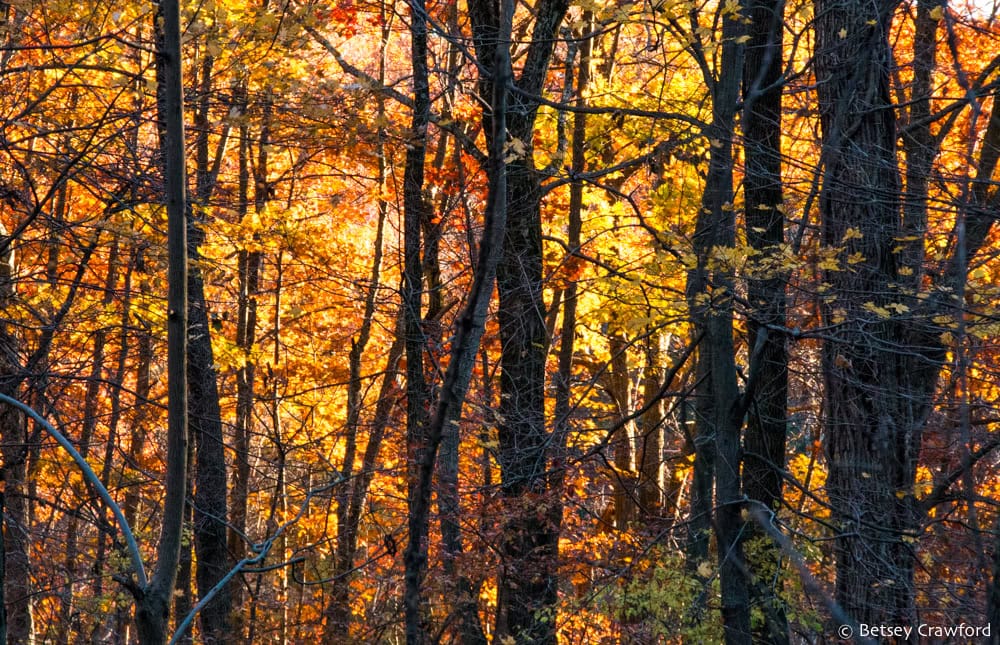
Ten years ago this October, I traveled to New Jersey and found myself celebrating Samhain. I had no idea on the way there I’d be doing any such thing. But it’s the sort of place where that happens, so I might have guessed.
Miriam McGillis has been a friend, mentor, and teacher to many, including me. She started Genesis Farm, an ecological and spiritual center in western New Jersey, in 1980. I first heard her speak in 2000 at a native plant conference in Pennsylvania.
She, petite and indomitable, stood in the center of an enormous auditorium and held hundreds of us tree huggers spellbound. She quietly wove together nature, the cosmos, the path of evolution, and our place in this great rush of creative energy.
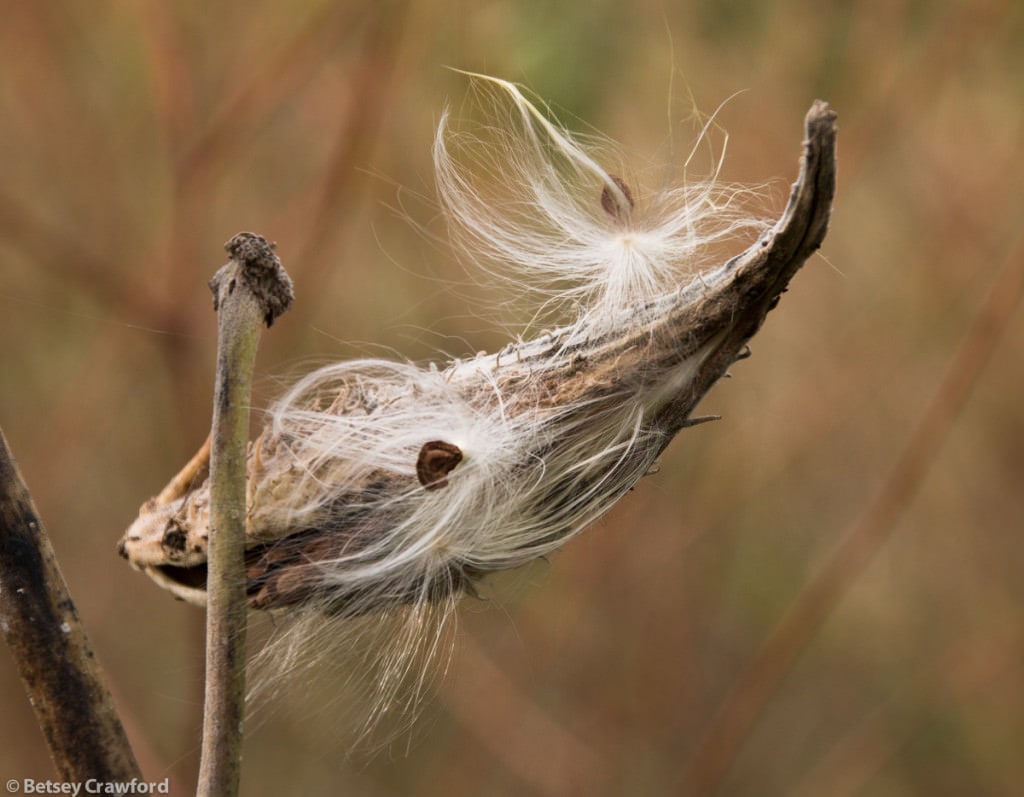
Dozens of us mobbed her at the end. I told her I’d been waiting all my life to hear what she had said.
Not everyone’s experience in the Catholic Church was the same, but mine had no place for nature. No place for me to be in nature. It was the ‘other’, outside of us, unimportant except as it could be of use, largely hostile. Something to be endured on the way to, one devoutly hoped, heaven.
I don’t remember ever hearing a word about the world around us from anyone connected to the church. So, it’s ironic that the work of Genesis Farm is grounded in the thinking of Thomas Berry, a Passionist priest. Miriam is a Domican sister.
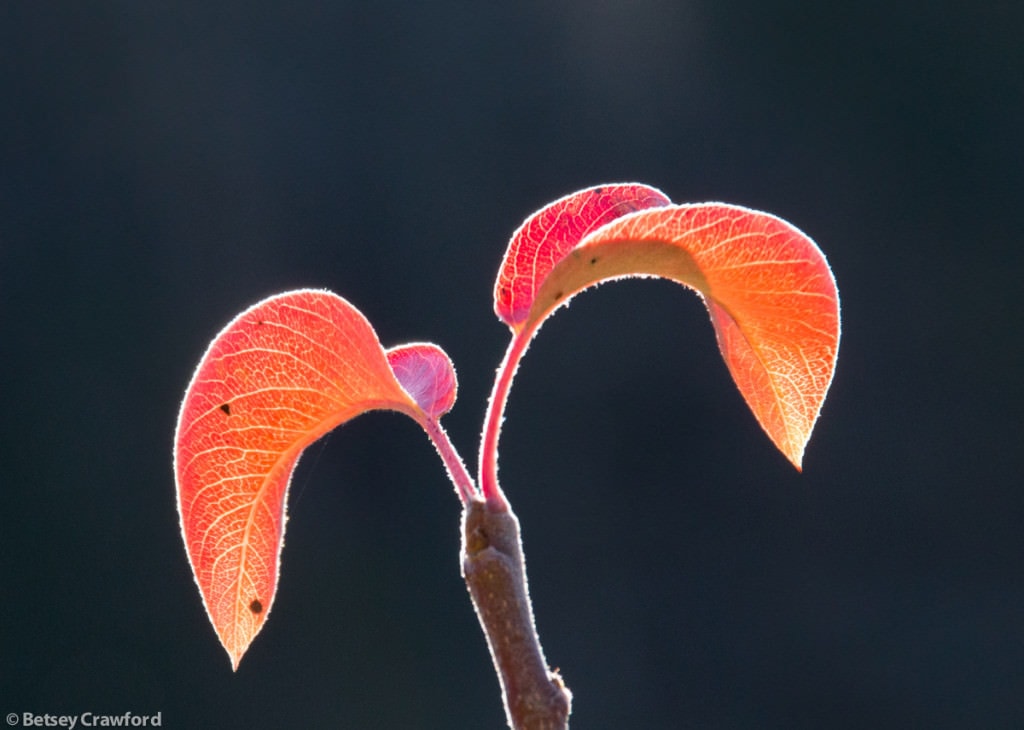
Berry saw in the growing knowledge of the origins of the universe a new way of looking at our place in it. A new genesis: the universe itself as an ever-expanding (literally) creation story. An energy that has manifested itself for 13.7 billion years.
An energy that created, from apparent nothing, first inchoate matter. Then gathered that into stars, elements, planets around the stars with seas and mountains.
On at least one planet, living cells came into being, plant and animal, leading to an endless array of aliveness. Coming, not finally, but for now, to us. On this one planet among billions of planets. Infinite manifestations that remain profound mysteries.

By the time I heard Miriam speak, I’d been a landscape designer and an environmental activist for years. So not that I hadn’t found a place in nature, or hadn’t become its champion in my way.
The strings that her vision tied together were there to be gathered. They led me through a door to my place in the whole, grounded on Earth. Not only through my presence here but through my love for its astounding beauty. By the wonder-filled idea that the building blocks of the soil under my feet are the same as those in my body. All gifts of ancient stars.
Hearing Miriam was a turning point in my life, though it was not a time when my life could turn. I had a child in school, a mate, a business to run. Genesis Farm’s Earth Literacy courses took up to 12 weeks. That made them out of my reach until my son graduated from high school.
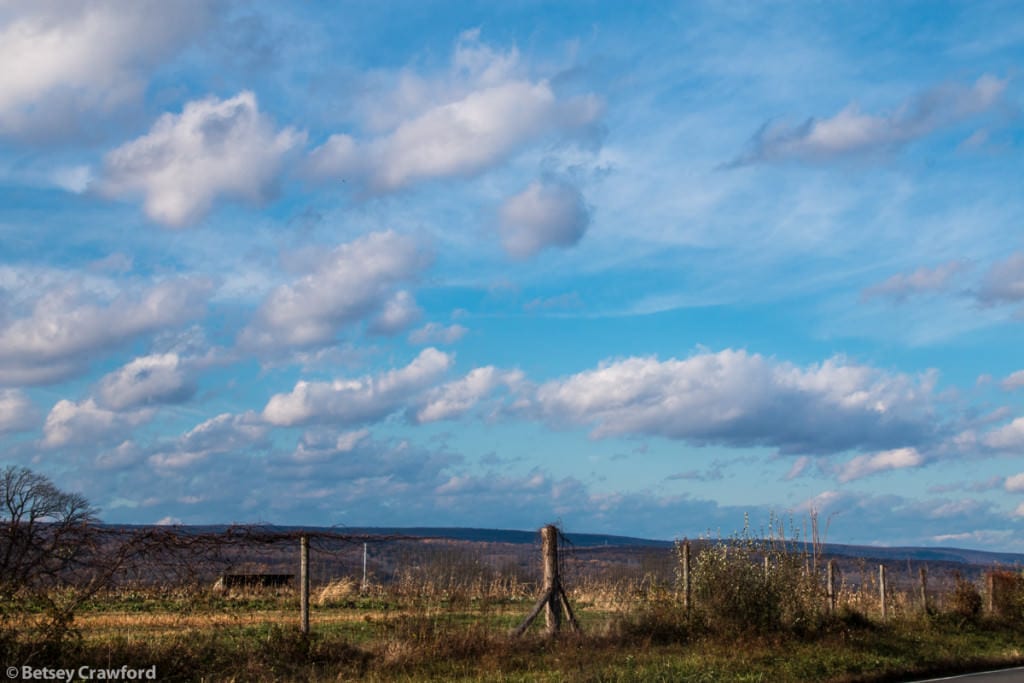
At that point, 25 years in, the programs changed to shorter, more intense courses. I took several of those for three years, a great blessing. After that, the enormous energy to create and run the Genesis Farms programs had run its course, and the mission changed.
That October ten years ago, Miriam asked me if I would help her with a project she had in mind. A few days after I arrived, we celebrated Samhain (pronounced sah-win). An ancient Celtic celebration of the harvest season, it falls midway between the fall equinox and the winter solstice.
Samhain came at a time of coming death and dormancy. A time when the veil between the underworld and the living world felt thin. The ever-present ancestors were honored, along with their connection to the primordial chaos and fertility of the dark world.
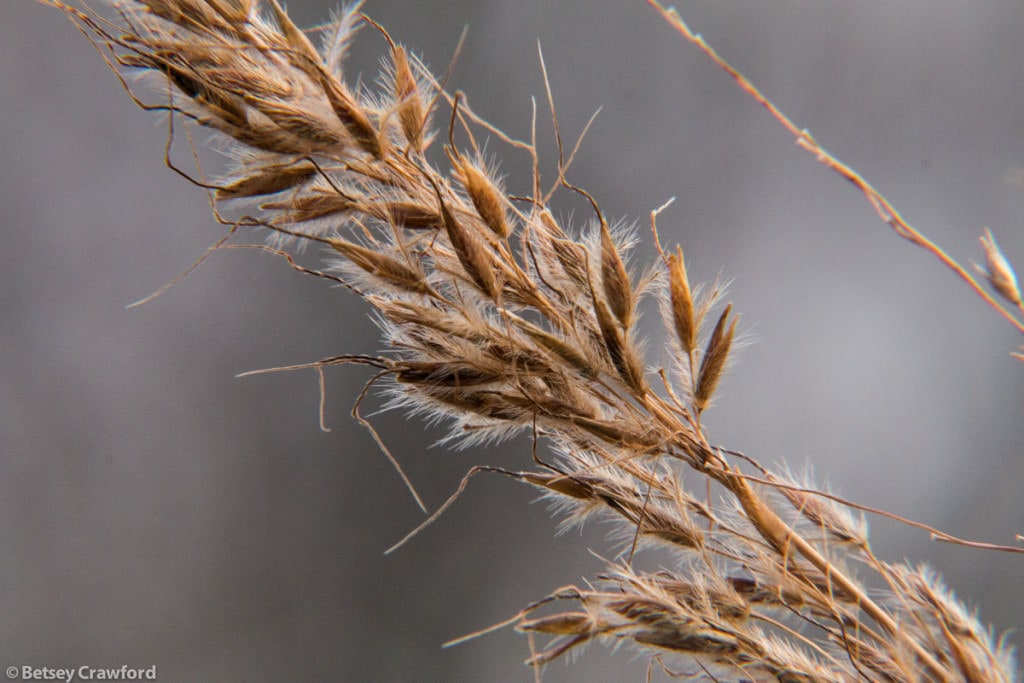
Sheep and cows were brought down from the pastures where they’d spent the warmer season grazing. Fires were kindled against the gathering dark. People dressed in costumes and traveled from house to house, where they received food from the Samhain feasts.
Christianity, as was its custom, adopted these ancient rites. Thus, we have All Hallows Eve, or Halloween, All Saints Day, and All Souls Day. But, with Halloween a $7.4 billion dollar industry and a rhinestone Elvis costume costing $1400, the reason to celebrate Samhain has gotten lost. Which is also true for its three counterparts: Imbolc, Beltane, and Lughnassad.
In an agrarian world, intimately tied to the subtlest changes of the seasons, these were important dates. They had their own individual rituals, varying by region across Eurasia. These revolved around the preparation, sowing, tending, and harvesting of fields, the care of flocks. Both a celebration and preparation for the season to come.

In our present day, living in cities and towns, far from the production of food, these dates may seem unimportant. But every one of us has centuries of ancestors who grew food. Epigenetics is now teaching us what cultures who reverence their ancestors have long intuited. We carry with us changes in our DNA expression created by our forebears’ reactions to their lives.
The rituals they performed at Samhain celebrated the harvest that would see them through to the next growing season. They lit bonfires, prepared meals, and played games to express gratitude for the harvest and to stave off the gathering dark.
Such rites are still alive in Halloween, Thanksgiving, Christmas, and New Year’s celebrations. These holidays may look like they’ve morphed into several months of shopping. But the old traditions live on in gatherings of friends and family. Extra light against the dark, feasting, singing and music. Even trick or treating on Halloween.

Not only are we not separate from the ground we walk on, we’re not separate from the people who walked it before us. We carry them in our cells, hitchhiking on our DNA. We reenact their customs, even when we’ve lost their beginnings in the intervening centuries.
Feeling anxious with the dying of the light, we band together in the face of it. Put up lights and create feasts. Remember our dead and ask for their presence and guidance. If we’re lucky, we get to stand on a sunny hill at the end of October and open the portal to Samhain. Carrying all the richness of our ancestors, flowing through us into the future.
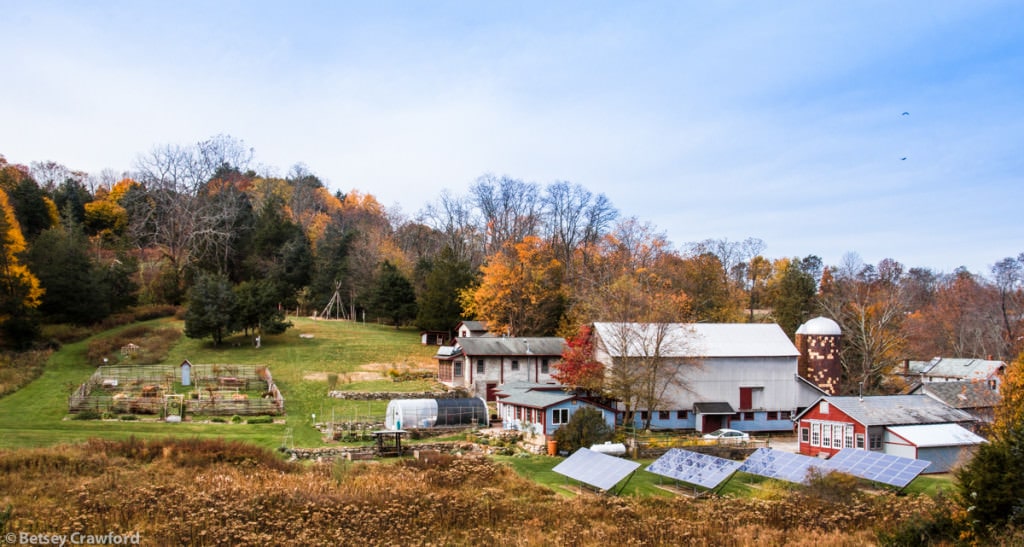
~ RELATED POSTS ~
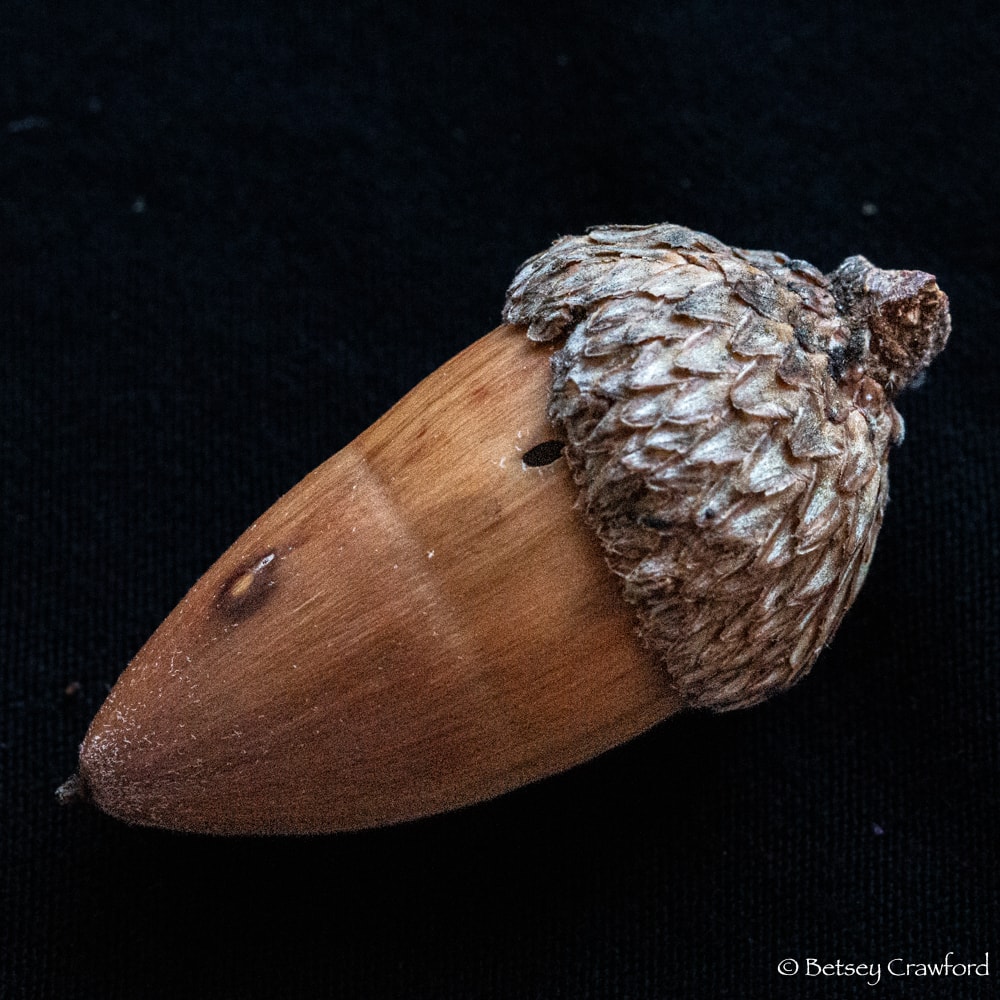
Thomas Berry’s thinking has informed and enriched my own beyond measure. I chose my favorite of his ideas: that we expand our vision beyond treasured texts to include Earth herself as our primary revelation. I spend a lot of time doing just that, so it’s a perfect fit.

For five young years, I lived in paradise, roaming woods, ponds, meadows. That green sprite is still with me. Children today are not so blessed. Their loss is tragic for all of us and for the planet.
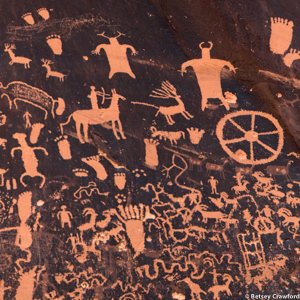
The Utah desert sky is a blue so incandescent it could easily burst into flames any moment and start raining stone tablets. As it apparently has been doing for eons. They have our history on them. And they tell us how to live on the planet we share with them.
Thanks, Betsey, this reminded me of my time at Genesis about 15 years ago. Truly a sacred place! I learned so much there! Thanks for the richness of your photos and your delicious text!
Peace,
Lin
Hi, my friend. I had heard about these celebrations a long while ago, but never knew much detail. How fascinating that trick-or-treating has its origins in Samhain! Of course, it had to come from somewhere! There is such a lovely symmetry of these in-between the solstices and equinoxes celebrations. Every six weeks some cycle change is noted and planned for. I SO appreciate the depth and interest you bring to our world and lives.
Cara
Oh Betsey, Such precious words of wonder and knowledge. I always learn something from you and through you. Ritual. History. Beauty. Rebirth. Your own meaningful journey. Thank you., dear Universe-Betsey.
Lisa V
Thank you so much, Lisa. I love the idea of being Universe-Betsey.
Betsey —
Once again, stunning photography and word paint. Thank you so much!
— Walter
Thank you, dear Walter.
Betsy,
Beautiful photos and commentary…I do miss the Northeastern seasons…well, just fall. Thanks for taking me back there this fall by posting your photos and thoughts.
Kathy
Thanks so much, Kathy. I’ve tended to be in places with enough fall to satisfy me in my travels, so that’s taken care of. I mildly miss being in snowstorms, but would want to be airlifted out as soon as the novelty wore off. And though I don’t miss winter at all, I do miss that time in early spring when you can feel the earth changing around you. It’s not the same if you haven’t lived through winter.
You know how much I L O V E your posts!!!!
Thanks! Love hearing it.
Once again, profoundly lovely… And full of power and grace, in all the senses of those two words I can muster. Your vision makes it so clear that there is just nothing “ugly” anywhere in the Universe. Blooming is beautiful, and withering is beautiful…
MLAA…!
Lovely! Thank you. Yes, withering is beautiful however counterintuitive in our culture.